Attractions
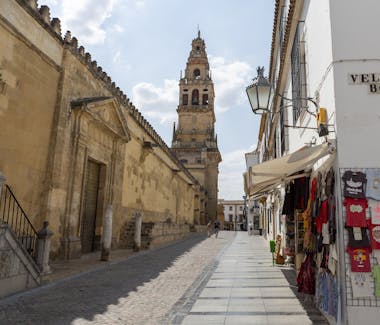
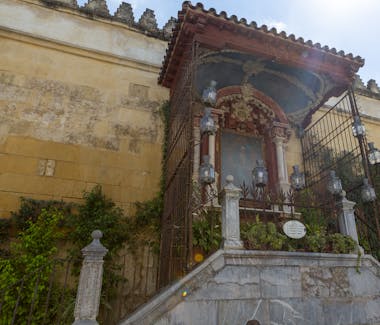

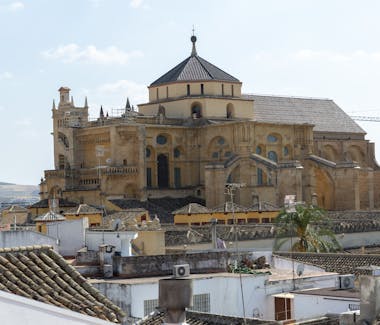
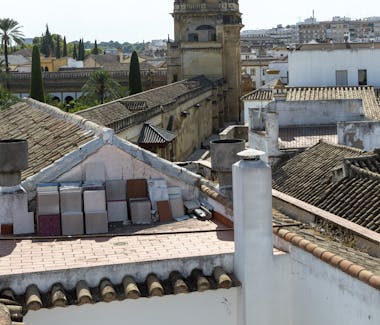
Mezquita-Catedral de Córdoba, Calle Cardenal Herrero, Córdoba, Spain
Mezquita Catedral
The Mosque or Mosque-Cathedral of Córdoba,12 "Santa María Madre de Dios" or "Great Mosque of Córdoba", currently known as the Cathedral of the Assumption of Our Lady in ecclesiastical form, is a building in the city of Córdoba, Spain. In 2019 it surpassed two million visitors, its all-time record and making it one of the most visited monuments in Spain.
Construction began as a mosque in 784; until recently it was believed that after the appropriation by Muslim conquerors of the Hispano-Roman basilica of San Vicente Mártir4 and the reuse of part of the materials, it was reserved for Muslim worship, but more recent archaeological studies dispute this hypothesis.5 The building underwent extensions during the Emirate of Cordoba and the Caliphate of Cordoba. At 23,400 square metres, it was the second largest mosque in the world in terms of surface area, after the Mecca Mosque, and was later surpassed by the Blue Mosque (Istanbul, 1588). The qibla wall was not oriented towards Mecca, but 51 degrees to the south; this was customary in the mosques of al-Andalus.
In 1238, after the Christian Reconquest of the city, it was consecrated as the cathedral of the diocese with the episcopal ordination of its first bishop, Lope de Fitero.6 The building houses the cathedral chapter of the Diocese of Córdoba, and as a Catholic temple and episcopal see, it is reserved for Catholic worship. In 1523, under the direction of the architects Hernán Ruiz, the Elder and his son, its cruciform Renaissance basilica was built in the Plateresque style.
Today the whole complex is the most important monument in Córdoba, and also of all Andalusian architecture, together with the Alhambra, as well as the most emblematic of Hispano-Muslim Umayyad art. Declared an Asset of Cultural Interest2 and a World Heritage Site as part of the historic centre of the city,7 it was included by the public among the 12 Treasures of Spain in 20078 and was awarded as the best site of tourist interest in Europe and sixth in the world according to a TripAdvisor contes
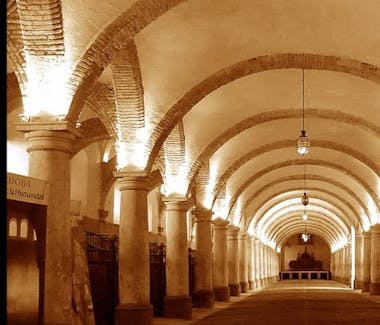
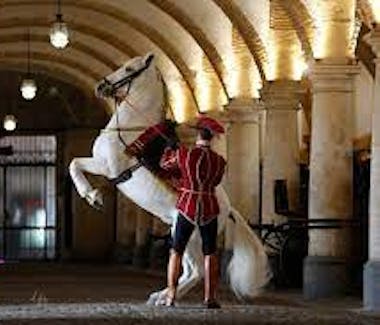
C. Caballerizas Reales, 1, 14004 Córdoba, Spain
Caballerizas Reales
The Royal Stables of Cordoba are a set of stables built in 1570 by order of the monarch Philip II in the city of Cordoba, with the aim of breeding purebred Spanish horses, which would be the origin of the so-called Andalusian horse. Since 1929 they have been declared a National Historic Monument, as well as a National Heritage Site. They form part of the historic centre of Cordoba, which was declared a World Heritage Site by UNESCO in 1994.
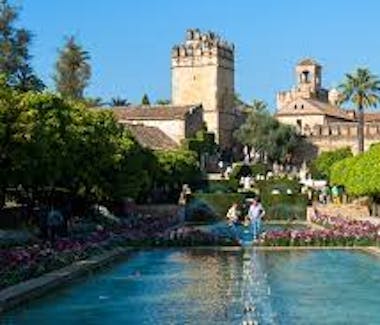
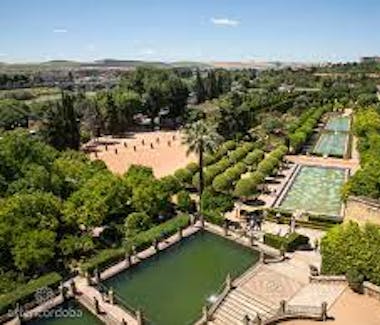
Pasaje Santa Teresa Jornet, Córdoba, Spain
Alcázar de los Reyes Cristianos
The Alcázar de los Reyes Cristianos is a military building in the city of Córdoba, Spain, located on one of the banks of the Guadalquivir River. Built on the site of the former Umayyad Alcazar, the first Christian buildings seem to date from the reign of Alfonso X in the 13th century, although it was completed by Alfonso XI in 1328. The Catholic Monarchs were the last monarchs to reside there, especially due to the War of Granada, in fact, the emir Boabdil was imprisoned and later released after accepting his Castilian vassalage.
After the conquest of Granada in 1492, the fortress was the seat of the Spanish Inquisition Tribunal until its abolition by the Cortes de Cádiz in 1812, when it became a civil prison until the Second Republic, being declared a Historic Monument in 1931.1 During the 1950s it underwent major restoration work by Mayor Antonio Cruz Conde before being opened to the public in 1960.
It forms part of the historic centre of Cordoba, declared a World Heritage Site by Unesco in 1994.2 In 2019 it received 595,517 visitors, making it the second most visited paid monument in Cordoba after the Mosque.3 The architectural complex has a sober character on the outside and splendid inside, with the magnificent gardens and courtyards maintaining a Mudejar inspiration.

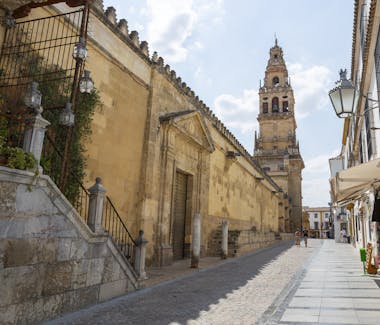
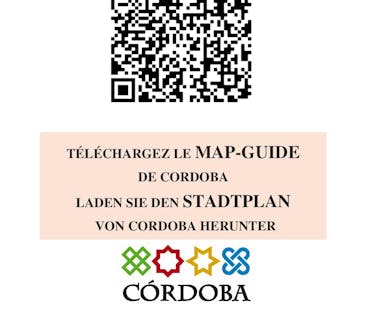
C. Cardenal Herrero, 14003 Córdoba, Spain
Cordoba, World Heritage Site
QR MAP OF CORDOBA.
Cordoba is a city with an impressive cultural and monumental patrimony. Its strategic position, near the River Guadalquivir, which was formerly navigable, and the legacy of the different peoples who settled on its rich farming lands meant that Cordoba was always considered a privileged place.
The UNESCO (The United Nations Educational, Scientific and Cultural Organisation) recognised in 1994 the universal importance of Cordoba’s historic legacy, and extended the title of World Heritage Site not only to the Mosque-Cathedral, but also to all the streets and buildings around it. In addition, in 2012, Cordoba was awarded a further accolade: The Festival of the Patios (Courtyards) was added to the list of Intangible Cultural Heritage of Humanity sites. Finally, in May 2018, Medina Azahara was also recognised with the title of World Heritage Site.
Therefore, Cordoba now holds 4 inscriptions in the World Heritage List granted by the UNESCO: the Mosque-Cathedral (1984), the historical quarter surrounding it (1994) the Festival of the Patios (Courtyards) (2012) and Medina Azahara (2018). In addition, with the rest of Spain, it shares the titles of the Intangible Cultural Heritage of Humanity awarded to Flamenco (2010) and the Mediterranean Diet (2013).